The authentication procedure in 3GPP 5G security has been designed as a framework to support the Extensible Authentication Protocol (EAP) – a security protocol specified by the Internet Engineering Task Force (IETF) organization. This protocol is well established and widely used in IT environments. The advantage of this protocol is that it allows the use […]
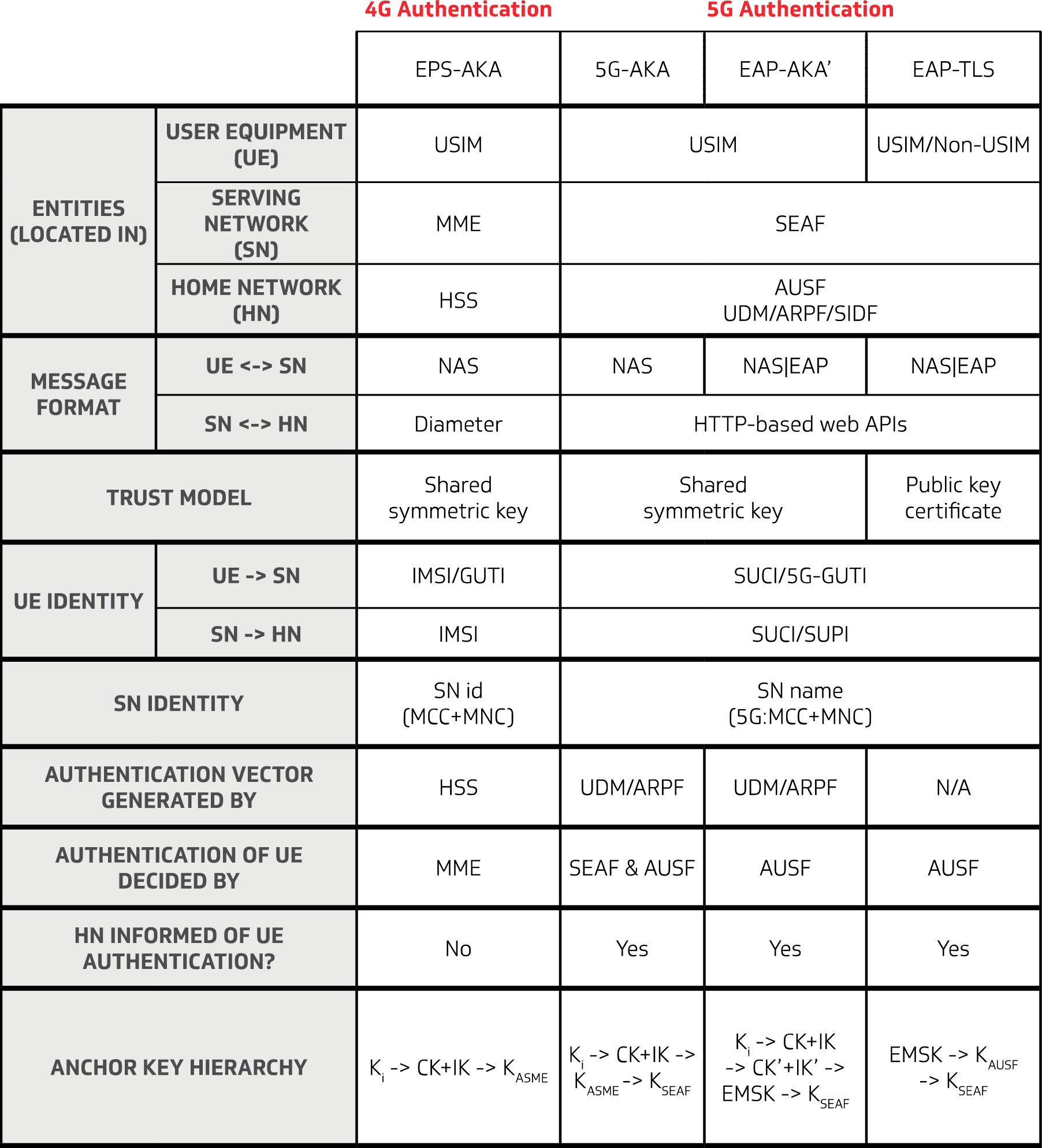
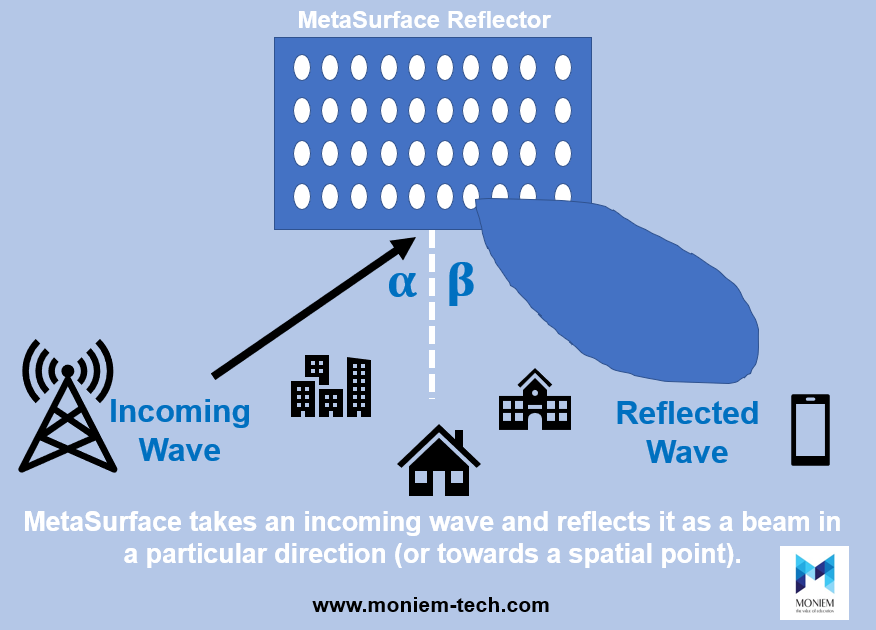
The first thing that came to my mind when Facebook CEO Mark announced to change the name of his mega applications (Facebook, WhatsApp, Messenger, Instagram, .. etc) to META or Metaverse technology, is METASURFACE. What is Metamaterial? The prefix meta (a Greek word meaning ‘beyond’) indicates that the characteristics of the material are beyond what we […]

Open RAN has gained prominence in the last few years due to ongoing trends towards openness and disaggregation in the mobile network operator (MNO) space and spurred by recent geopolitical pressures. The below explanation is part of Unlocking Open RAN — An Infrastructure Viewpoint white paper. Evolving RAN Architecture to Open RAN Over the different […]
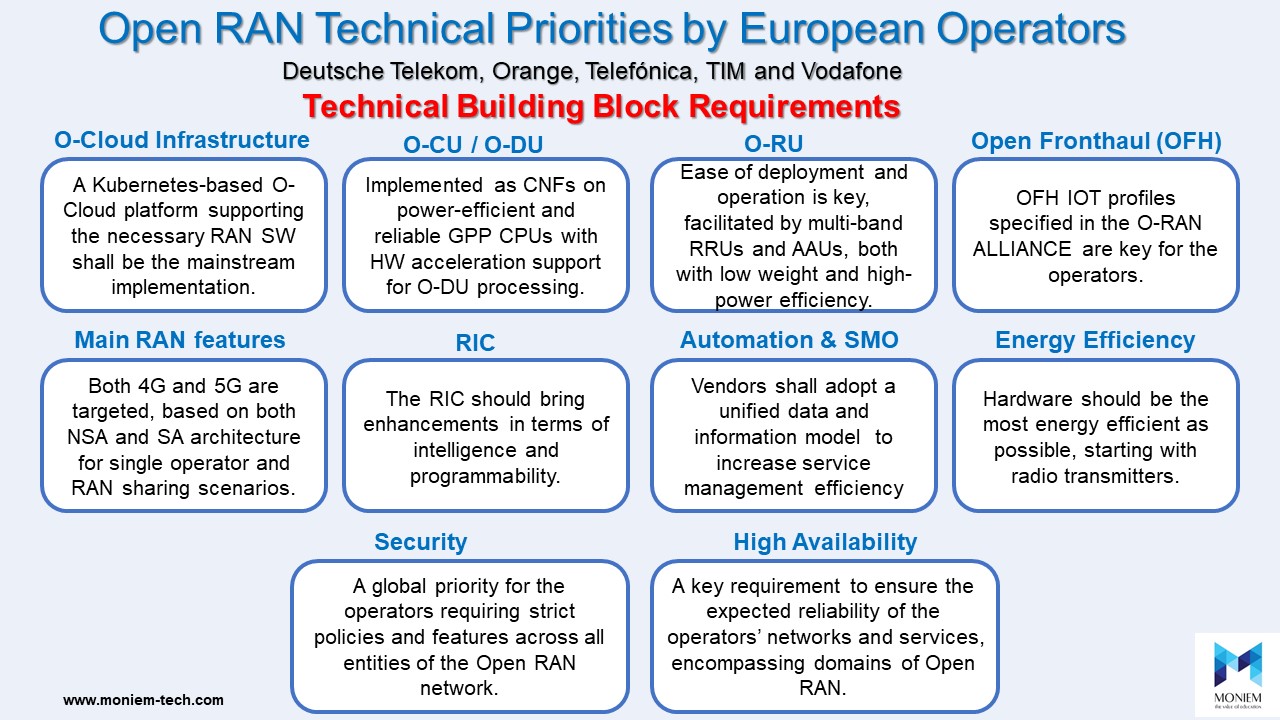
On January 2021, Five big European operators, Deutsche Telekom AG, Orange, Telefónica, Vodafone Group and TIM (which joined in Feb 2021) are signed Memorandum of Understanding (MoU) to provide a framework for a specific commitment to support the development of a non-fragmented global OPEN RAN ecosystem for deployment across the European network footprint of each […]

Recent deployments of 5G widespread use of option 3X as one option in the connectivity scenario background in the infrastructure evolution. As a result, EN-DC, where there are two radio links, E-UTRA, and 5G are offered. To accelerate the introduction of voice services, the major aspect of this method is that NR does not support […]
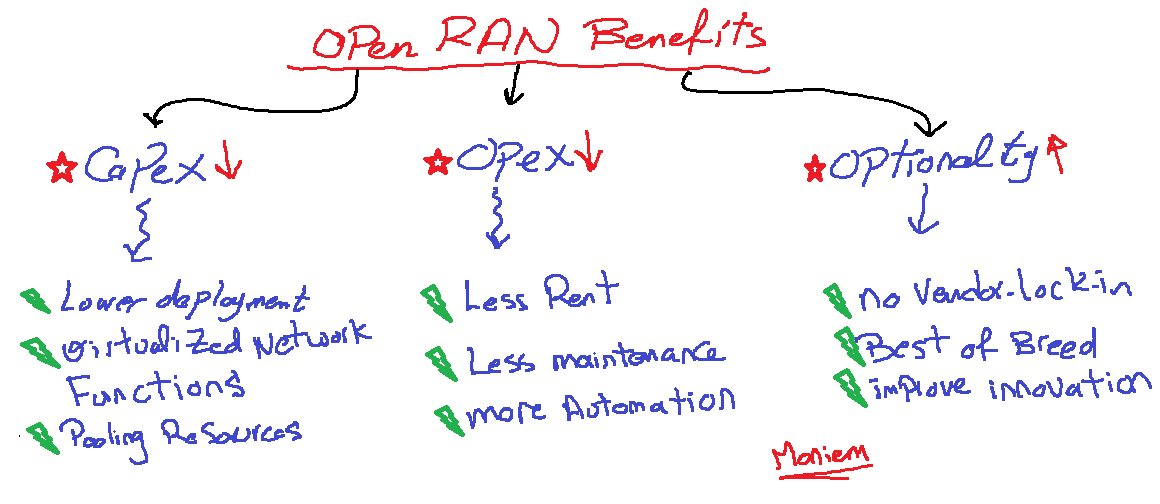
The Open RAN concept is about building networks using equipment that separates the vendor-specific software and vendor-specific hardware associated with the vast majority of radio access network (RAN) equipment that is available today from a handful of cellular equipment vendors. Open RAN, then, uses RAN software on commercial, off-the-shelf hardware (COTS). There are 9 main […]
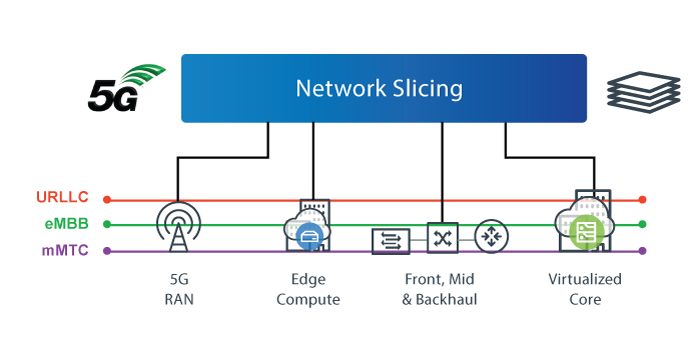
As 5G supports different types of use cases from eMBB, URLLC, and MTCs. These services require strict SLA (Service Level Agreements) which requires a dedicated end-to-end channel for each service. Exciting networks are not equipped or scalable enough to support such demands, So the solution to realize the full extend of 5G performance is Network […]
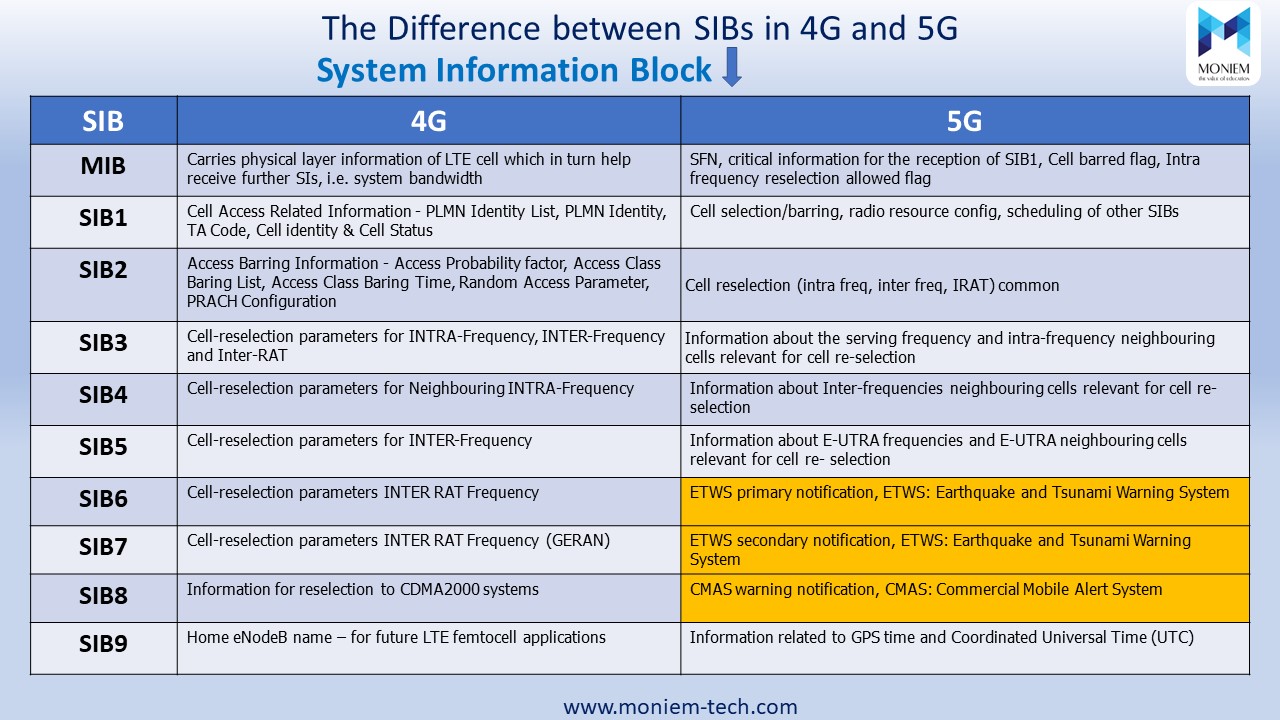
As you may know that UE can access the network if it can receive some of the System Information (SI) from the Cell (Mandatory). So Let’s understand the main difference between SIBs in 4G and 5G NR. 🧧 Difference Number 1 LTE MIB, SIB1, and SIB2 are mandatory for the UE to access a cell […]
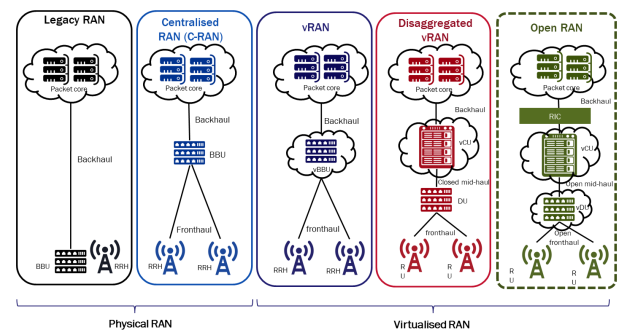
It is important to distinguish between vRAN and Open RAN Virtualization is a journey that the telecoms industry has been on for several years to transform network functions into virtual network functions (VNFs). The VNF software is then decoupled from the purpose-built hardware and run on standardized, common off-the-shelf (COTS) hardware. The interfaces between each […]
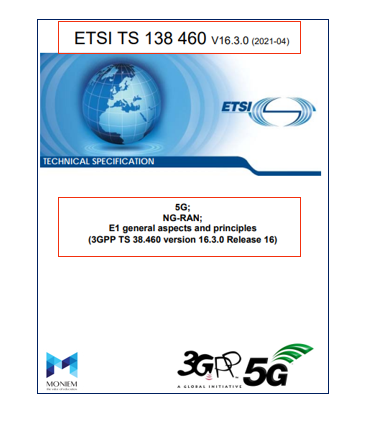
If you are in the Mobile Telecom domain especially Testing, Research, deployment domains, you have to be familiar with How to make deep research in the 3GPP website for the keywords you need to search for. First, you have to know the Specification Numbering you need to search in, you can find all of them […]
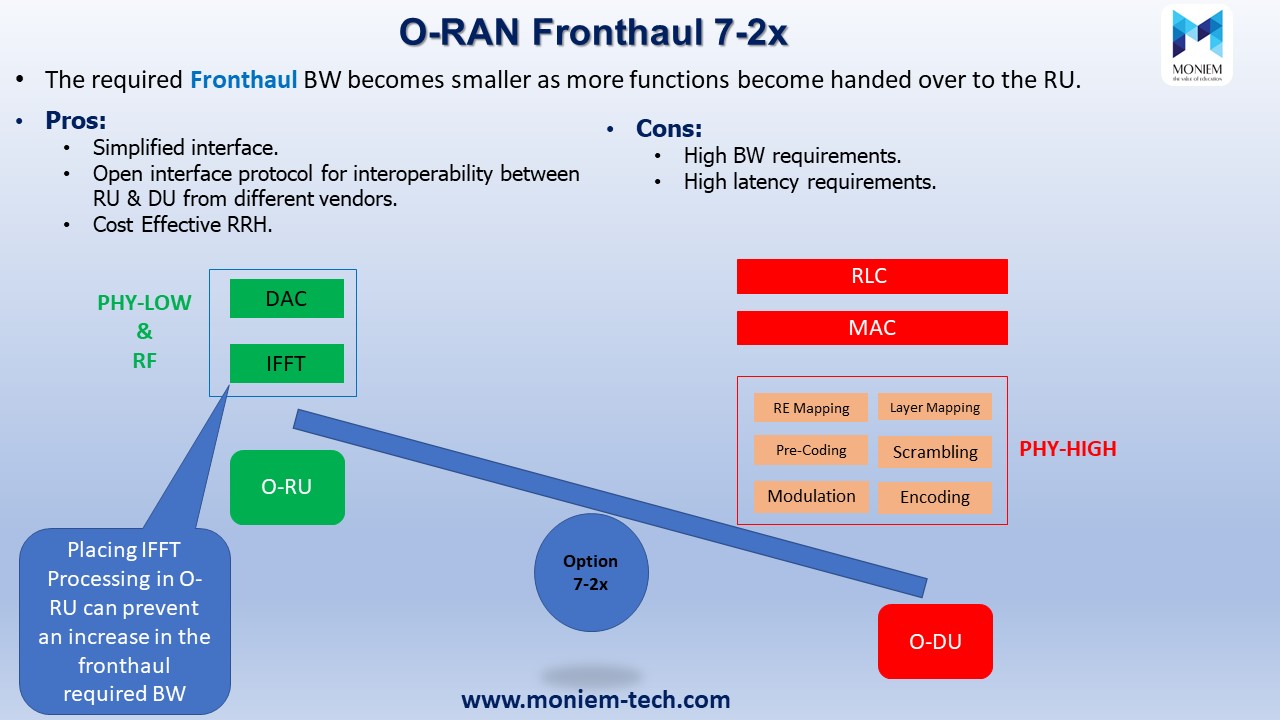
In Split 7.2x: Low PHY/High PHY split, The Low PHY/High PHY split is the most acceptable approach for it is less complex and it supports various fronthaul requirements and most importantly it has high virtualization benefits. Split 7.2x is the O-RAN Alliance fronthaul specification between O-DU to O-RU. It has two variants: 7.2a and 7.2b based […]
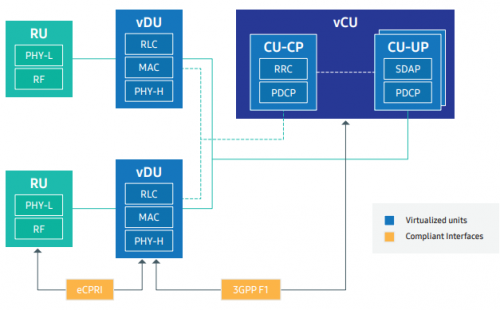
vRAN is a new architecture enhancing the flexibility of Centralized RAN (C-RAN) by virtualizing the functions of basebands in a common resource pool made up of the Commercial Off-the-Shelf (COTS) servers located in a centralized Hub, allocating resources in a flexible manner according to traffic conditions. vRAN = Virtual Radio Access Network Why vRAN? Maintaining […]
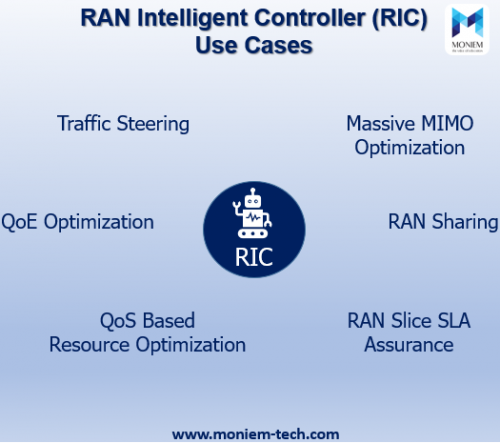
O-RAN Alliance has committed to evolving Radio Access Networks (RAN) around the world. Future RANs will be built on a foundation of virtualized network elements, white-box hardware, and standardized interfaces that fully embrace O-RAN’s core principles of intelligence and openness. An ecosystem of innovative new products is already emerging that will form the underpinnings of […]
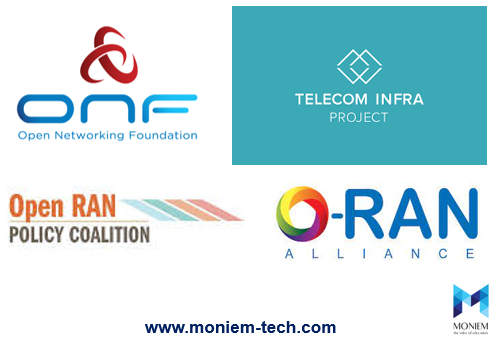
There are several industry-led open RAN initiatives that seek to unite an ecosystem of supply chain partners and advance open RAN through the definition, development, and testing of standards and reference architectures. Beyond the standards defined by the 3rd Generation Partnership Project (3GPP), multiple industry groups are leading the open RAN movement, each with a […]
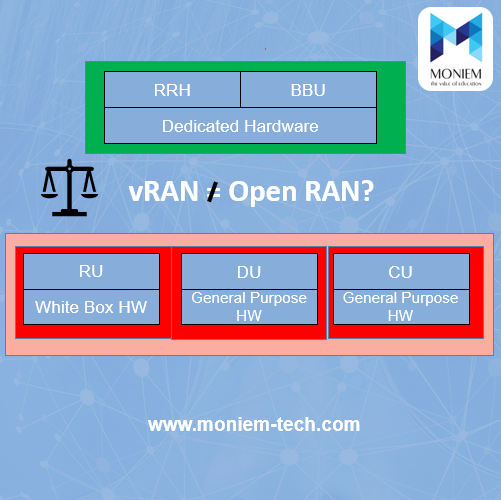
There are different acronyms related to the evolution of RAN (Radio Access Network), like vRAN, open RAN, O-RAN, etc. A key point to clarify is that RAN evolution means both the disaggregation of mobile network base stations into more standardized entities (this is widely known as functional split), as well as the introduction of cloud […]
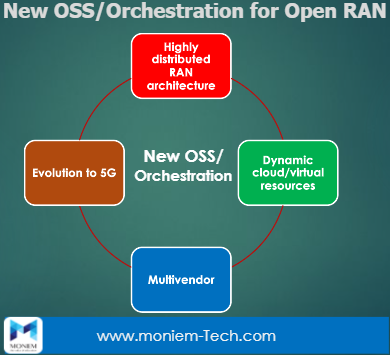
Open RAN is a highly disruptive technology that will bring many benefits to Mobile Network Operators (MNOs), especially during the evolution to 5G. By opening up the RAN to multiple vendors and virtualizing the software, costs will be significantly reduced, highly dynamic services will be enabled, and the RAN domain will experience far greater levels […]
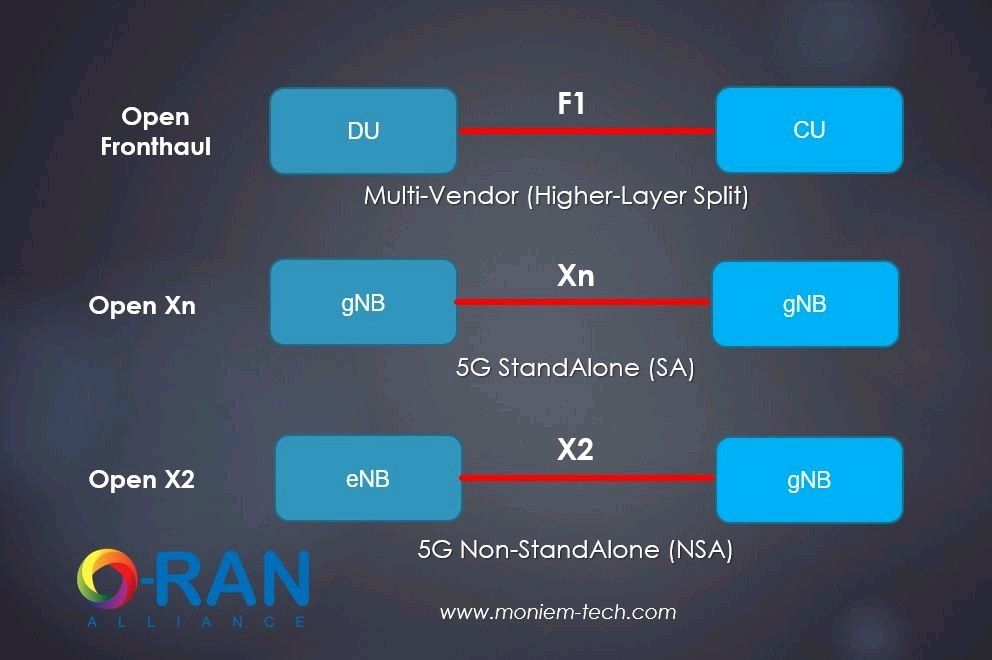
The O-RAN ALLIANCE e.V. specifies profiles for 3GPP RAN interfaces to achieve interoperability among different vendors. So far, profiles for open X2, open Xn, and open F1 interfaces have been published. Open X2 enables operators providing 5G Non-StandAlone to introduce 5G NR base stations (gNBs) independently of the vendor providing 4G LTE base stations (eNBs). Open Xn […]
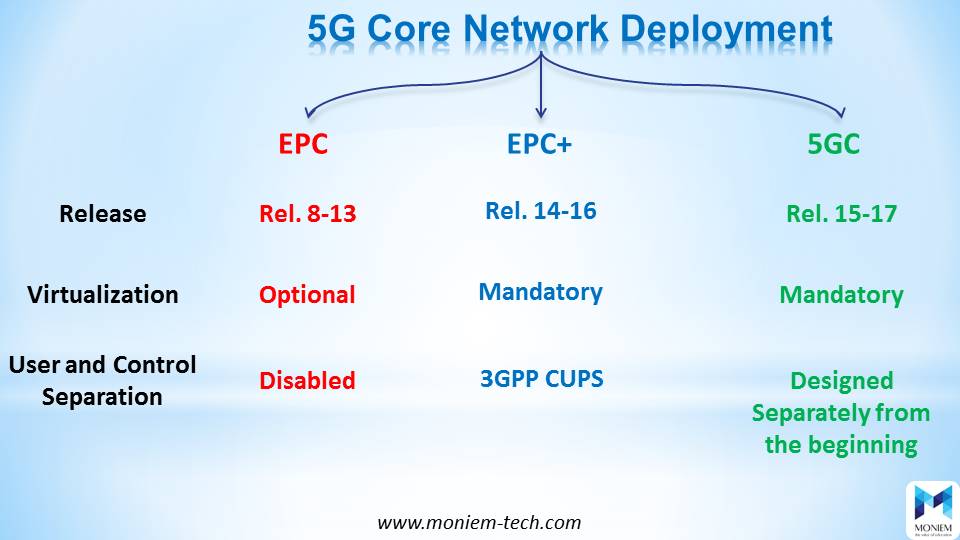
The core network is the most important domain in the mobile network starting from 2G and 3G while the MSC and SGSN are the main functions there to EPC or Evolved packet Core, then EPC+ in 4G network and finally 5GC or 5G Core in 5G Network. However, there are many differences between EPC, EPC+, […]

5G Timeline and Standardization During preparation, it was decided to split Phase 1 into two parts. In December 2017, standardization of the non-autonomous, or Non-Standalone, architecture for 5G New Radio (NR) was completed. This first official set of 5G standards defines the wireless air interface for interworking with existing LTE-based networks. This has allowed operators […]
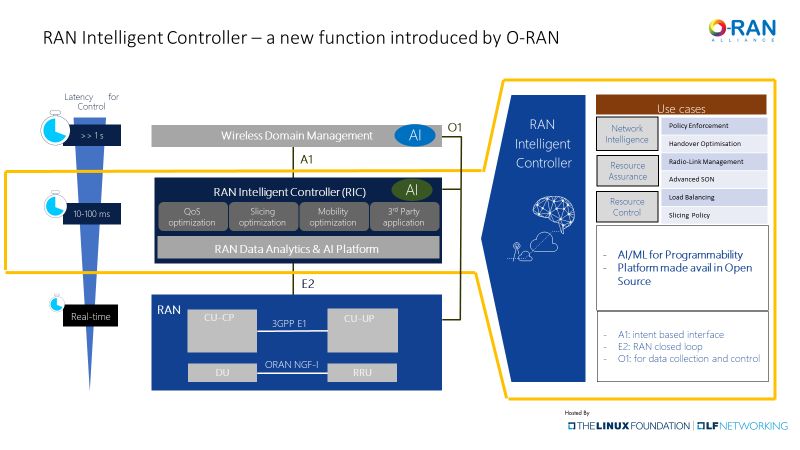
O-RAN Alliance came up with RAN Intelligent Controller (RIC) to enable AI/ML-based RRM optimization, and which is expected to be merged with the existing central Self-Organizing Network (SON) function. Traditional RAN can’t achieve the next-generation RAN activities from operational efficiency, automation of configuration and optimization activities, and customer level-specific service assurance. As next-gen RAN will […]
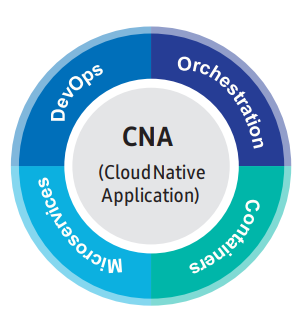
What is Cloud Native? In general, “cloud-native” is an approach to building and running applications that exploit the advantages of the cloud computing model. One key attribute of “cloud-native” is how the system creates and deploys applications. According to the definition of CNCF, “cloud-native” means that an application is containerized and uses an open-source software […]

The evolution of 5G New Radio (NR) has progressed swiftly since the 3GPP standardized the first NR release (release 15) in mid-2018. Not only is release 16 nearly finalized but the scope of release 17 has also recently been approved. 3GPP plans to evolve 5G in three phases: Phase 1 – 3GPP Release 15 provided […]
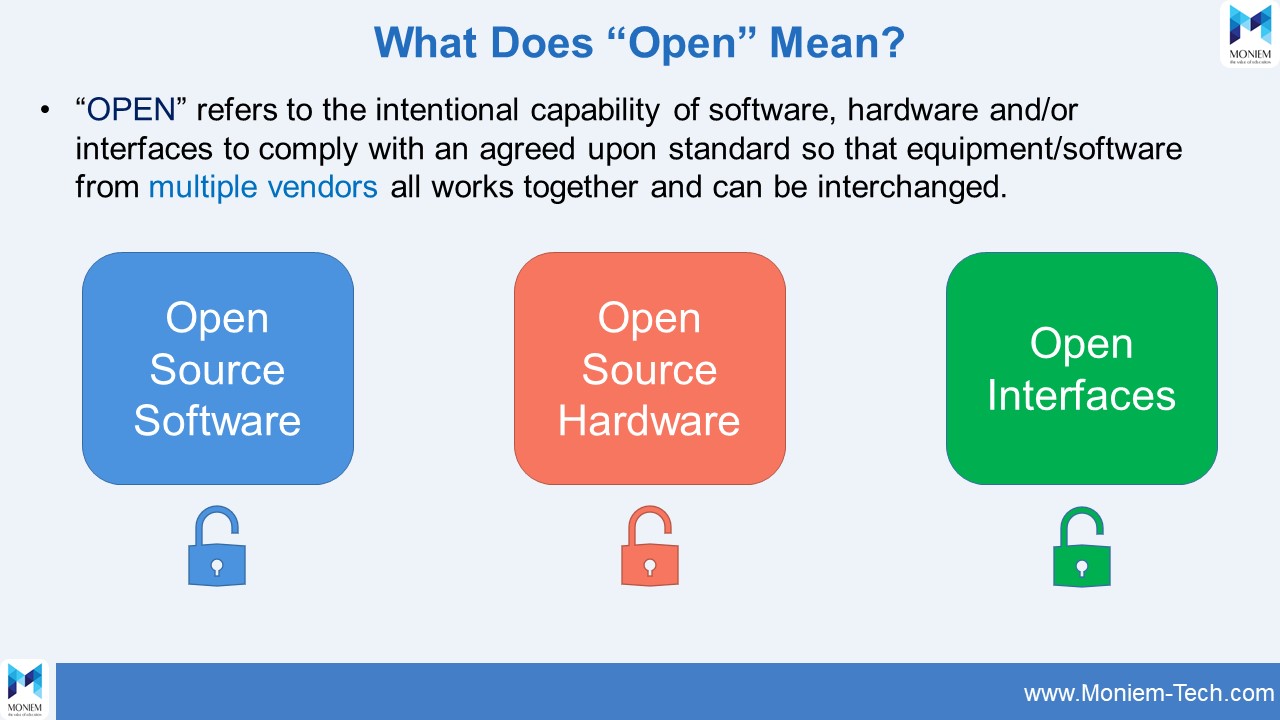
If we’re talking about RAN Market Status, The mobile RAN equipment market (covering active base station equipment and antennas, but excluding power supplies, cable, install costs, civils, passive antennas, etc.) was worth about $33 billion in 2019, according to Omdia, and is forecast to grow to $36 billion in 2023. So the R&D in different […]

In LTE Core Network, all data plane traffic must go through a single node type called Packet Data Network Gateway (P-GW). This centralized architecture is advantageous in terms of operation and management. Yet, it could potentially pose a severe limitation when there is a huge amount of backhaul traffics in 5G. The following figure illustrates […]
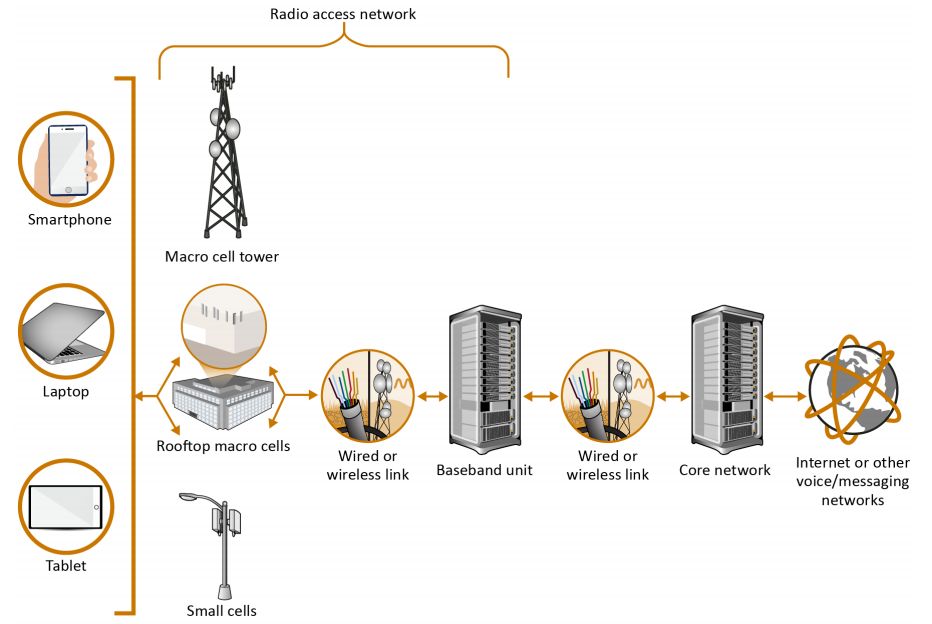
The device connects over the Radio Access Network (RAN), which defines and manages the radio link between the customer device and the rest of the network. The RAN comprises cellular base stations (BTS in 2G, NodeB in 3G,eNodeB in 4G, and gNB in 5G), wired or wireless links, and a baseband unit that processes the […]
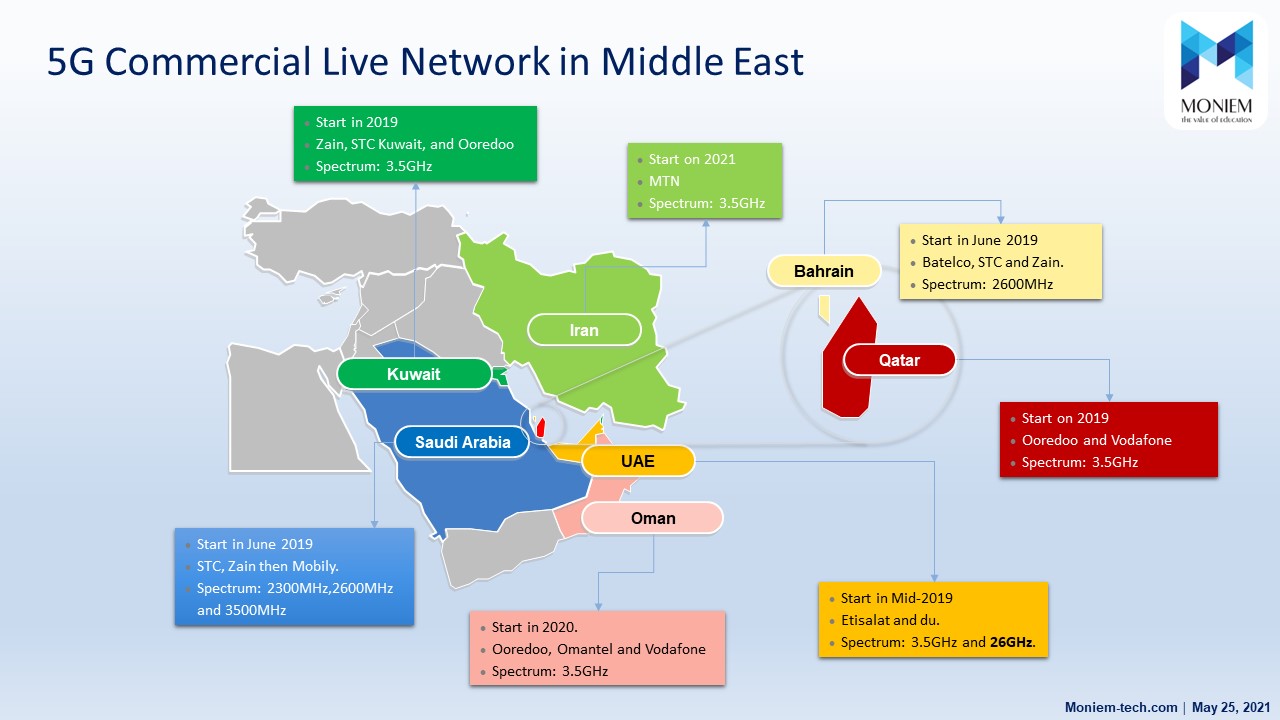
This is the last update for the 5G Commercial Live Network in the Middle East till 25th, May 2021 Let’s see the status of 5G Live Commercial Network in the Middle East Saudi Arabia: In June 2019, STC became the first operator to launch 5G commercial services in Saudi Arabia. Zain’s 5G network also went live […]
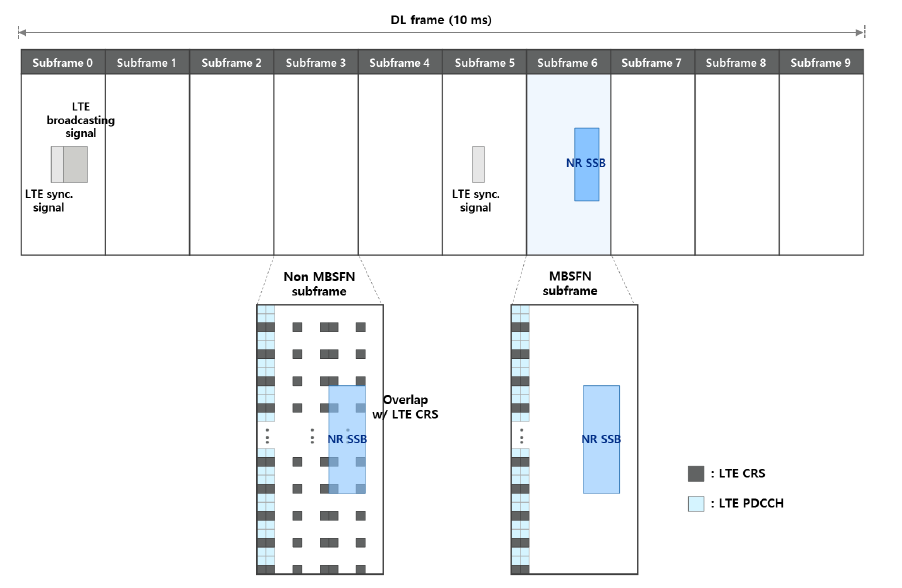
As we discussed in the last article, let’s Recap again What is DSS and why we need to use the DSS feature in 5G Roadmap deployment. Due to the occupation of its FDD-based spectrum assets, service providers are forced to choose between the acquisition of a new spectrum or refarm spectrum already in use. Both […]
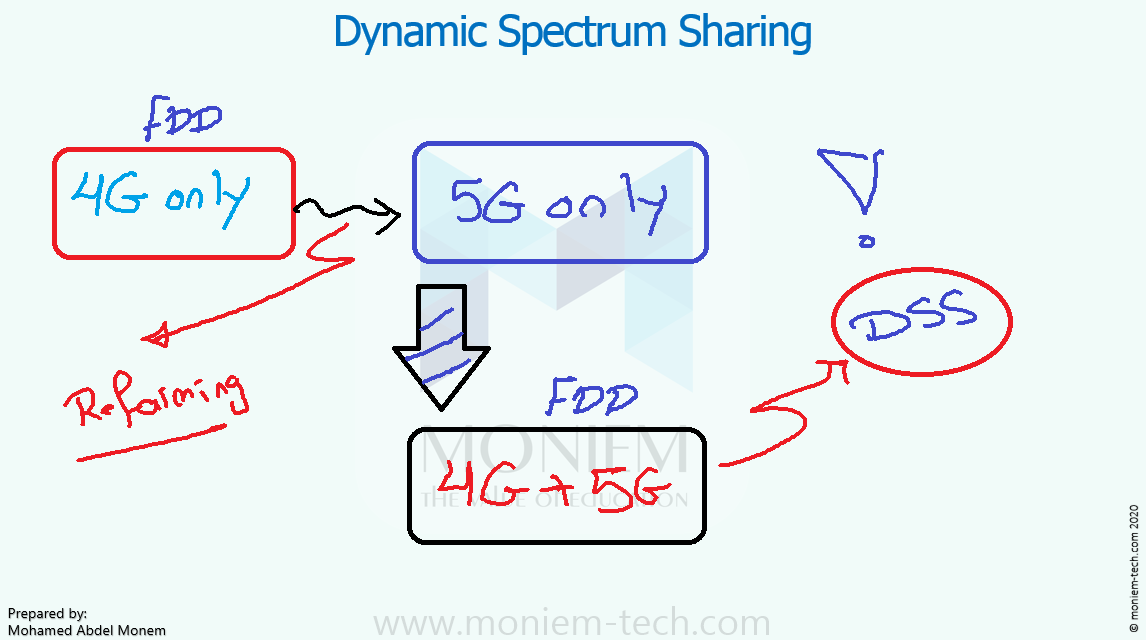
Before start talking about DSS or Dynamic Spectrum Sharing, let’s address the problem first and how DSS can solve it. As we know that 5G can support newly released frequency bands for use – such as the C-band (3-5 GHz) and millimeter wave (mmWave) band (24-40 GHz) – are higher than the current 4G frequency […]
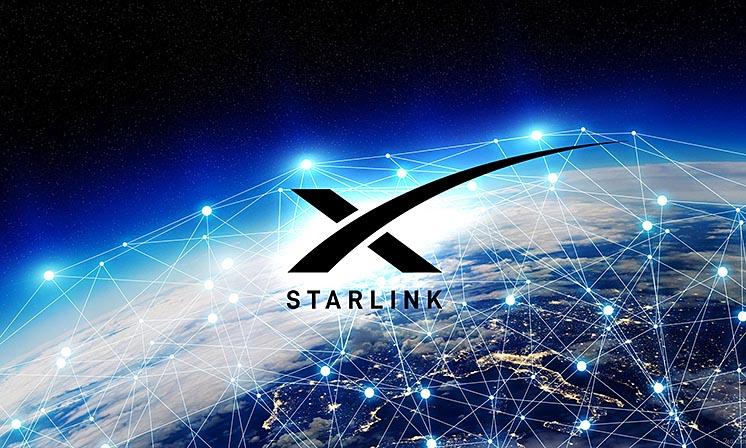
What is Starlink? Starlink is a satellite internet constellation currently being constructed by SpaceX to provide planet-wide broadband satellite Internet access. The constellation will consist of thousands of mass-produced small satellites in low Earth orbit (LEO) working in combination with ground transceivers. SpaceX also plans to sell some of the satellites for military, scientific, or […]
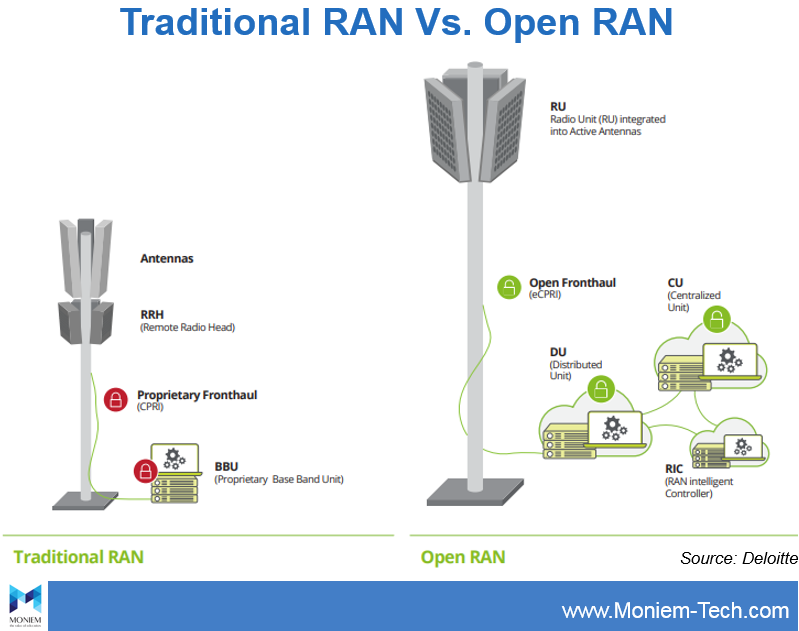
Open and virtualized RAN, Open vRAN refers to a disaggregated approach of deploying virtualized mobile networks by using open and interoperable protocols and interfaces, implemented over a common propose hardware in a multi-vendor software environment, allowing increased flexibility over traditional RAN architectures., aiming to provide OPEX and CAPEX savings while fostering innovation. Traditional RAN Protocol […]
